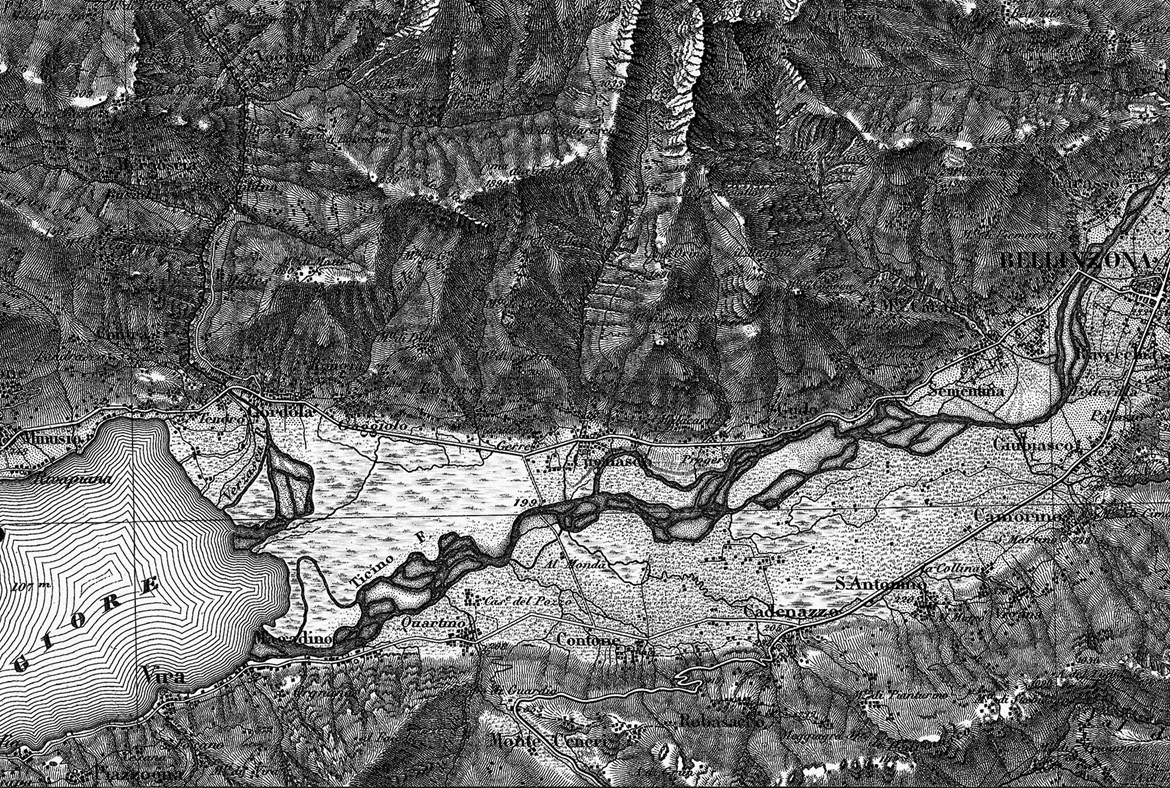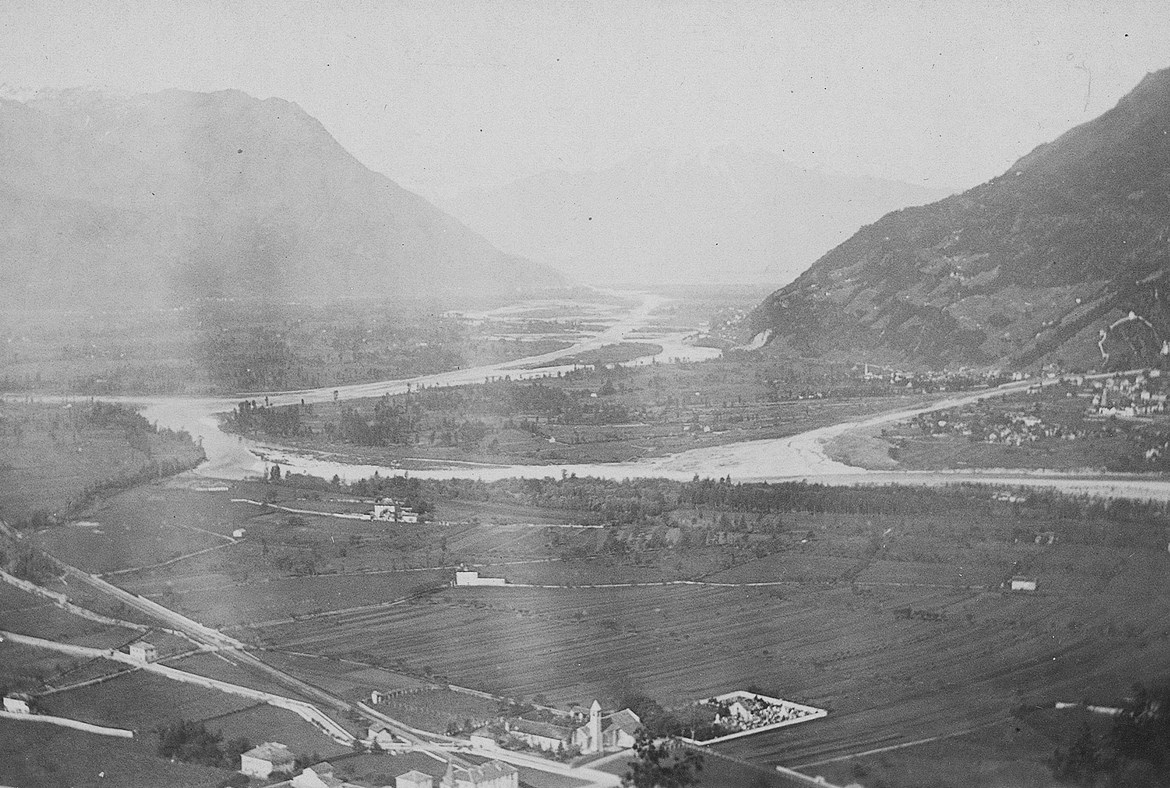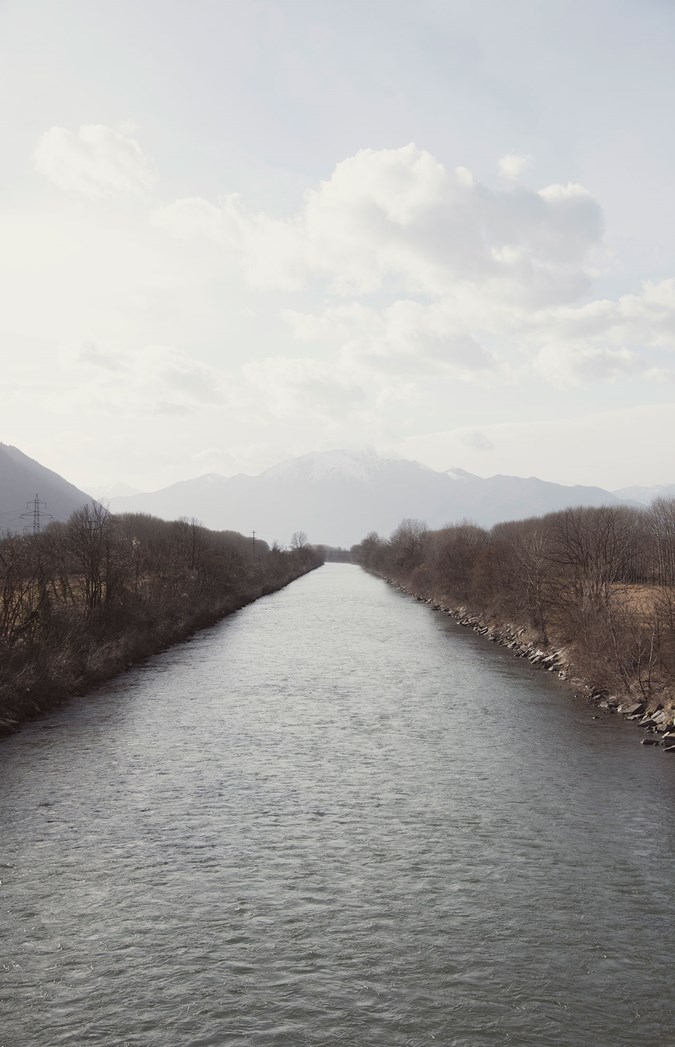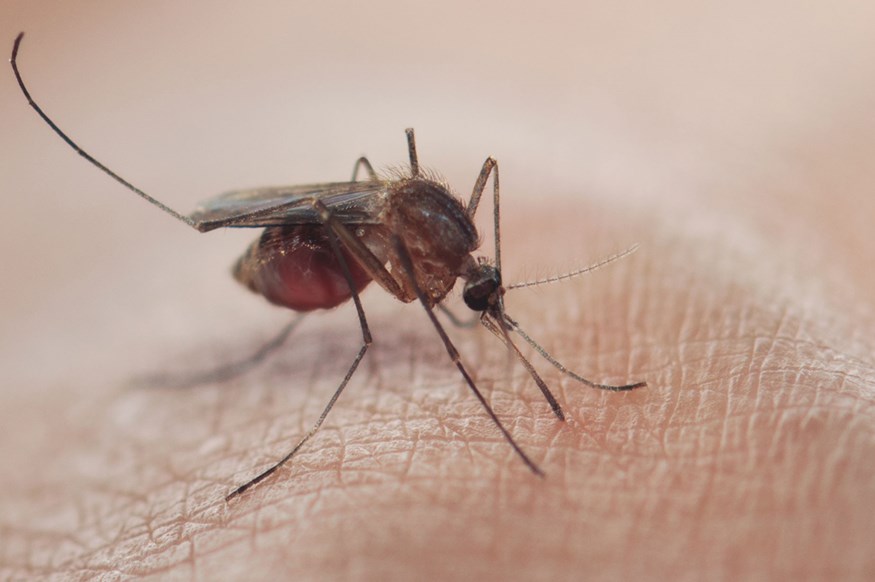The River Ticino is the main watercourse in the canton to which it lends its name. It wends its way across Switzerland for ninety kilometres before flowing into Lake Maggiore. Its sources are in the upper Bedretto Valley, near the Novena Pass, at more than 2,400 m a.s.l. Until the late nineteenth century, the River Ticino created areas in the Magadino Plain that were hazardous for human health: bogs and marshy pastures.

These provided perfect conditions for malaria to develop. Thanks to reclamation work and advances in medical science, malaria was eradicated in the nineteenth century. The first step towards reclamation came in 1886 with the establishment of the “Consorzio per la sistemazione del Fiume Ticino dal riale di Sementina al Lago Maggiore” (Consortium for sorting out the River Ticino from the stream in Sementina to Lake Maggiore).

The initial period of work, from 1888 to 1897, led to the correction of the river flow channel. The next phase involved raising the banks and constructing various drainage channels, with work continuing until the 1940s and 1950s.


